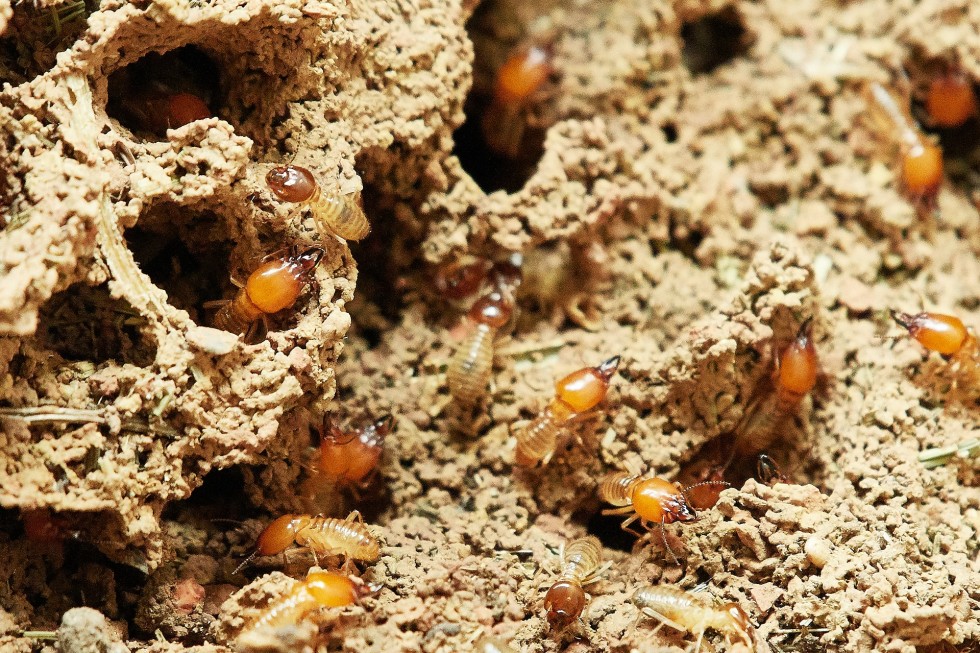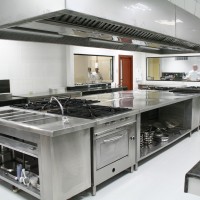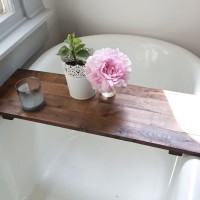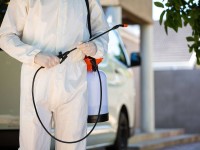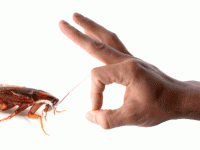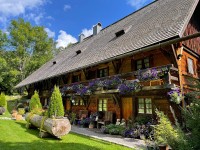Homeowners may face a multitude of household problems, starting from roof sagging and ending with basement flooding. However, they can easily spot those troubles and deal with them immediately. Termites are a completely different matter. These nasty insects dubbed “silent destroyers” can live inside a house and eat away everything wooden there for years without being detected. What’s more, they’re extremely hard to get rid of due to their high reproductive ability and favorable climatic conditions in many parts of the country. While homeowners can do much to prevent these pests from spreading around their property, in many cases only professionals can effectively counteract them. In this post, you will find answers to the most frequently asked questions about termites and termite control.
Facts about termites
What do they look like?
These are tiny insects – ½ to ½ inch long (1 inch for queens or kings) – with soft white bodies. Mature termites have wings they cast away later. Termites resemble ants in appearance, but their closest relative is actually a cockroach. Scientists believe that termites already existed in the pre-dinosaur era – around 250 million years ago.
What types of termites exist?
The family of termites includes more than 2,000 species. However, to homeowners, only three of those present the greatest danger:
1. Subterranean termites
- Found in almost every part of the country. However, it’s the southern states with their warm conditions that suffer from these pests the most.
- Form huge colonies of millions of members.
- Live under the ground and get out to the surface in order to travel to their food sources.
- Have the most varied diet among all other types of termites. They eat everything, starting from furniture, boats, and firewood and ending with living trees like Oak.
- This is the most dangerous and ruinous species.
2. Dampwood termites
- Most frequently found in the west coast states.
- Prefer damp and dead wood as their habitat and food. If there is some wood in the state of decaying close to the home foundation or a constantly wet wooden structure inside or near your house, expect damage from dampwood termites.
3. Drywood termites
- Common in southern and western states and target homes in the first place.
- Extremely difficult to spot since they spend most of their time inside wood.
- Can fly, and thus are frequent “guests” in attics and other above ground places in homes.
- Require little moisture and don’t have to travel down to the soil.
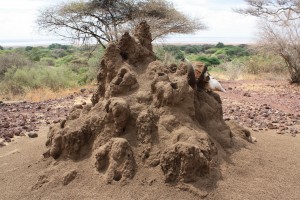
What is their diet?
The most troubling termites’ feature for homeowners is that these pests never sleep and never stop eating. Their mouth is also capable of breaking off tiny pieces of wooden matter and cause a great deal of damage. The main ingredient of termites’ diet is cellulose, contained in wood and plants. In addition to feasting on wood, termites don’t mind eating plastic things such as swimming pool liners or insulation, as well as paper, books, and drywall. Termites’ diet varies depending on their type.
- Dampwood termites prefer wet wood in the state of decaying.
- Drywood termites, as the name suggests, eat dry wood found in houses, and require almost no moisture.
- Subterranean termites choose soft types of wood. However, being “universal soldiers,” these pests can devour other varieties of wood as well and are especially dangerous to living trees.
Termites are uncompromising in their eating habits: you either kill them or they continue feeding on wood until there is nothing left. That’s what makes the need for termite control so urgent.
When are they most active?
Termites like moisture and high temperatures. While their activity never stops throughout the year, these wood lovers are most active since the end of summer until the very end of fall. They are also full of energy in the period from January until April. This is the time when the water is abundant in the ground, making it sufficiently soft for termites to travel to their food sources.
How do they spread around?
Termites’ colonies are normally based in yards around houses, where the soil is moist and warm. From those camps the pests travel to foundations. A tiny crack or gap in a wall, termite control experts say, is enough for a termite to get inside. Other points of access include the following:
- Porches, decks, and other wooden structures if there is no clearance between them and the soil.
- Firewood stacked right against a house wall. That’s why termite control professionals recommend storing logs some distance away from the house.
- Wet ground below leaking gutters or dripping faucets.
- Plants such as shrubs growing close to a house wall.
- Damp places above the ground level in a home since they allow termites to stay in the house without having to return to the soil for vital moisture.
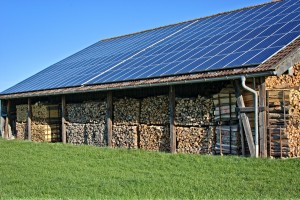
What is their social organization?
Termites live in colonies where each pest plays one of the following roles:
- Soldiers. Their mission is to safeguard the rest of the termites from other insects such as ants.
- Workers. Their primary function is finding food for the other colony members. They also look after the younger generation of termites and keep the nest in order.
- Reproductives. These are adult termites that are old enough to reproduce.
- Queens and kings. These pairs stand at the head of each colony.
How do they reproduce?
Once reproductives are mature enough, they grow wings, and leave their nest to find a mate. That always happens in the summer. The winged termites or swarmers like places with much light. Once they’ve mated, they lose their wings, establish a new colony (not necessarily inside a house), and become queen and king. The queen starts laying eggs. As termites are always active, a queen may lay millions of eggs every year: an egg every 15 seconds, with the average lifespan being 20 years. The king continues caring for and protecting the queen, while the colony is growing. That can last for more than a decade.
Damage
What damage can they do to structures and trees?
Whatever is the structure of your house, it will most likely contain cellulose elements that attract termites. By some estimates, these pests cause around $4 billion of damage annually. They destroy books, furniture, porches, decks, and everything made of wood. Subterranean termites also attack living trees, devouring 13 ounces of wood daily. You may also incur financial losses when selling your house if the termite inspection report is unfavorable.
In what ways can they harm people?
- Although termite control experts claim that these pests don’t normally sting humans, they may do so if provoked. That may cause skin reaction if the person is predisposed to allergies.
- Termite droppings, also called frass, may cause contact dermatitis when a person touches them with the body. An itchy rash develops.
- As termites ruin wooden structures, mold starts growing on them. Mold spores get into the air inside the house, land on our skin, and find their way inside our body. That may eventually cause asthma.
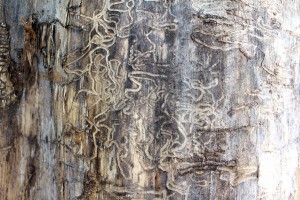
Prevention
In what places are termites most often found?
Some places in homes are more vulnerable to termite infestation than others and need regular inspections in order to identify the early signs of trouble.
- The upper portions of walls, corners in particular. Apart from the walls, have a good look inside closets. These anomalies should put you on alert:
- Paint coat that has suddenly become uneven, with bubbles.
- Mud tubes dangling from the ceiling.
- Floors. If you notice that some floor boards are raised or have cracks, this is a clear indication of termite activity.
- Bathroom, kitchen, utility rooms. These are termites’ favorite feeding grounds since it’s often wet and warm there.
What are the signs indicating that termites have infested my property?
Here are the most conspicuous signs of termite infestation:
- Hollow sound of wooden things. If you knock on a wooden item and hear a hollow sound, it most likely means that termites have consumed that item’s core.
- Windows or doors that open with force. If there has been no rain for a while, and all of a sudden you find it hard to open a window in your house, it should raise suspicions. As termites travel to the soil and back to the house through windows and doors, they bring moisture with them, making timber damp.
- Termite droppings. Known as frass, these look like sawdust.
- Clicking sound. If you hear a clicking sound inside a wooden item in your home, it may mean termites eating it away, as they normally produce a lot of noise in the process, banging their heads against the wood.
- Dead wings. After mating, reproductives discard their wings.
- Mud tubes. Those represent tunnels through which termites travel to their food sources and back to their nests. They can be very long and differ in width – from 10mm to 50mm. The wider the tube, the more termites can travel through it and more food they can transport. So, if you see mud tubes near ceilings, on trees, or near the first step of your stairs, your home has been infested.
- Swarmers. If you see flying insects, it indicates the mating season has begun and you may have more uninvited guests on the way.
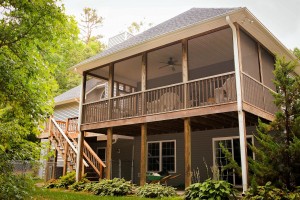
How can I prevent termites from invading my house?
Termite control experts say that the best strategy to keep termites away from a house is twofold:
- Measures to deprive termites of their food:
- Remove any wooden debris from around your house
- Don’t stack firewood directly against the walls of your house
- Make sure your wooden fences and decks have no cracks or broken boards
- Isolate any wooden items around your house from the soil
- Anti-moisture measures:
- Clean the downspouts and gutters on your roof to ensure free water flow
- Fix any faulty faucets or leaking water pipes
- Direct water away from the foundation
- Make sure there’s no standing water on the roof
- Check that all of your vents are clear
- Make sure there’s not too much wood mulch in your yard
- Plant shrubs farther from the foundation
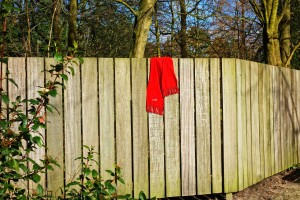
Treatment
What are the main termite control methods?
If you’ve noticed termites in your house, it’s wise to call termite control professionals who have the right equipment and chemicals to solve the problem. They use two principal methods of treatment:
- Liquid termiticides
Liquid termiticides are intended to create a permanent chemical wall on the pests’ way to the house or back. Termiticides are injected into the ground along the perimeter of your house. As soon as a termite traveling from its nest gets to the chemical barrier, it dies. The same plight awaits termites who return from the house to the ground for moisture. Usually, this protection is effective for around five years, depending on how diligently the ground was treated by termite control specialists. - Baits
To implement this method, cardboard, paper, and other cellulose-containing items are covered with a chemical substance that is killing termites very slowly. Baits are placed near mud tubes or in other termite-infested locations either outside or inside a house. When the pests break off pieces of a bait and pass them on to other members of the colony, more termites are affected and gradually die.
These two methods can be used in combination for a greater effect.
Is it enough to treat specific parts of the house or is it necessary to treat the entire house?
Since termite colonies are enormous, it’s hard to control them in specific spots only. Termites will always find food sources in a location that hasn’t been treated. Thus, termite control companies normally inject termiticides into the ground around the house and supplement that with targeted treatment of particular places inside the house.
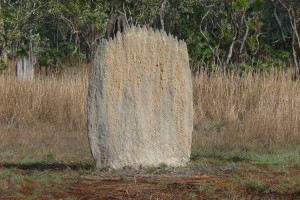
Termites are small, but incredibly destructive insects. They cause damage to homes for billions of dollars. As they’re very highly reproductive and hard to detect and exterminate, we recommend turning to experts for guidance and help in dealing with them, just like when dealing with other pests. Otherwise, fighting termites will be a waste of time and money.
